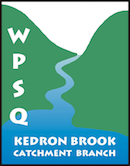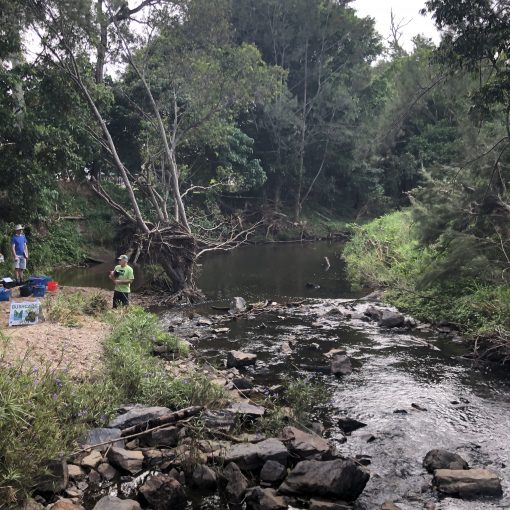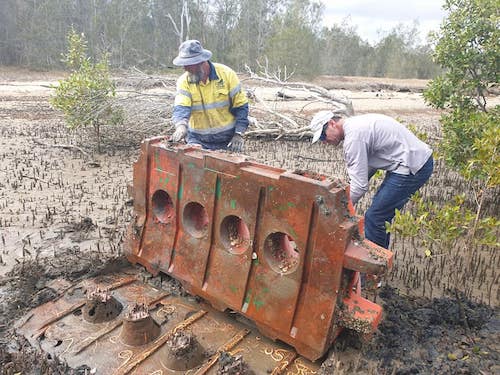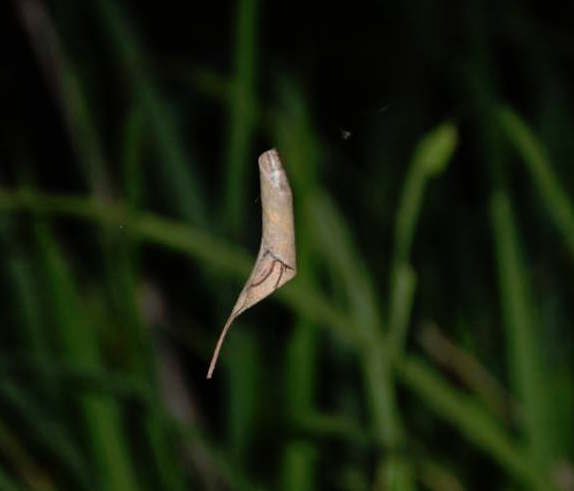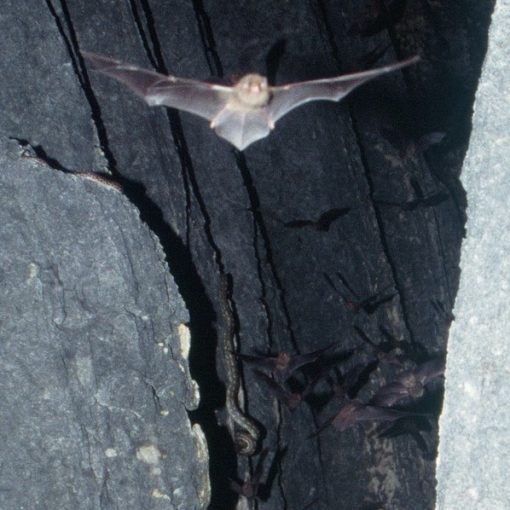On a crisp Saturday morning on 27 April 2024, 13 dedicated individuals gathered for Brisbane Northside Glider Monitoring Project Nest Box Survey.
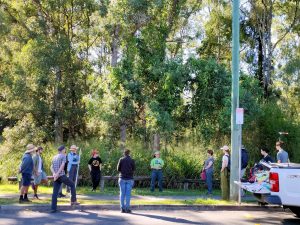
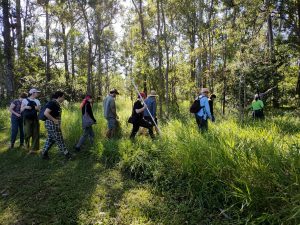
Equipped our Wireless Nest Box Inspection Camera, our LCD-18 Video Monitors and an unwavering spirit of adventure, our group set out to explore hidden contents of Hollow Log Homes Front and Rear Entry Nest Boxes. Guided by experienced naturalists, members of local Ferny Grove Bushcare Group, and local community, we traversed Arbor Street Park while collecting litter as we went.
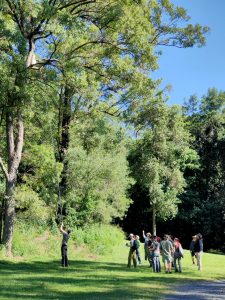
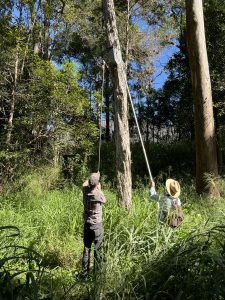
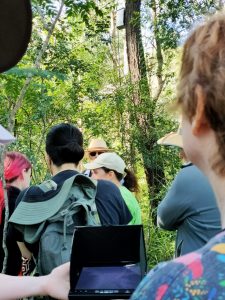
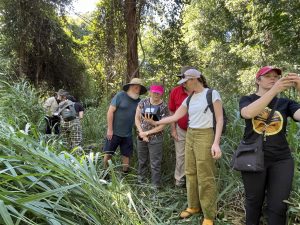
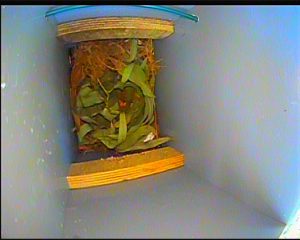
Unfortunately we did not come across any gliders in our monitoring this visit, we may have to go back to check Nest Box something possibly hiding in leaves (pictured above). Although camera used at this event is excellent in terms of a tool for education and showing larger groups contents of nest boxes, clarity of images is better used a GoPro camera. The team will go back to this box to check again and hope it is still being used!
Dorrington Park, Ashgrove
A few members of group continued on to survey five glider nest boxes located at Dorrington Park, Ashgrove. Although no sightings of gliders were in boxes, we joyfully found a tiny microbat using a Front Facing Glider Nest Box!
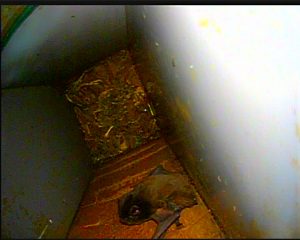
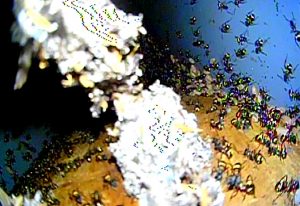
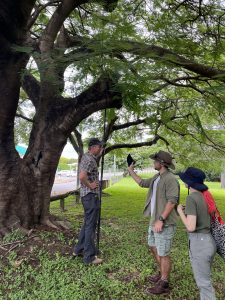
The Brisbane Northside Glider Monitoring event was not just about monitoring these charismatic creatures; it was an opportunity to contribute to ongoing research and conservation efforts. Through presence/absence observation and data collection, we documented fauna sightings, noting directions nest boxes were facing, whether they had front or rear entrances, providing valuable discussions and insights into their ecology and needs.
Thanks to everyone who came along to help out!
